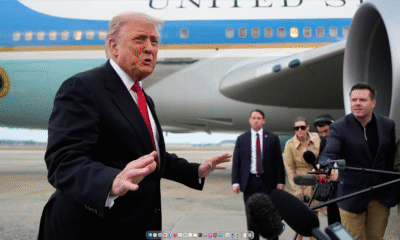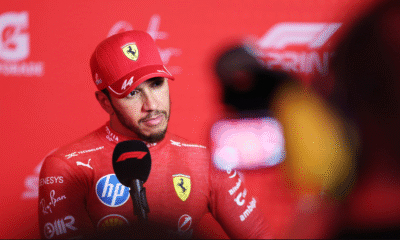Economy
India’s macroeconomic situation in a recovery mode but faces stagflation: Kaushik Basu
India’s macroeconomic situation is in a recovery mode but its concentrated at the top end, says former World Bank chief economist Kaushik Basu. He believes the country is facing stagflation amid the rising inflationary trends, including last month’s sharp spike in retail inflation. Stagflation is defined as a situation with persistent high inflation combined with high unemployment and stagnant demand in a country’s economy.
Basu, who served as Chief Economic Advisor during the UPA rule, said very carefully curated policy interventions are required to address the situation. “While the aggregate economy is growing, the bottom half of India is in recession. India’s overall macroeconomic situation is in recovery mode. The worry stems from the fact that this growth is concentrated at the top end,” the economist told PTI.
He pointed out that the youth unemployment rate in the country touched 23%, which is among the highest globally. And this was even before the COVID pandemic started. Basu, however, said workers, farmers and small businesses are seeing negative growth.
While India’s GDP is estimated to grow 9.2% in 2021-22, the average growth rate over the last two years is 0.6% per annum. The National Statistical Office (NSO) in its first advance estimate has projected a GDP growth of 9.2% in April 2021 to March 2022 fiscal year while the Reserve Bank of India has forecast 9.5% expansion during the same period.
In regards to the upcoming Budget, Basu acknowledged that the current situation in India is a big challenge to the Finance Minister Nirmala Sitharaman as well as the entire fiscal policy apparatus. “The Indian economy is facing stagflation, which is much more painful and requires very carefully curated policy interventions. 15-years ago, inflation was even higher, close to 10%, but there was one big difference. At that time, India’s real growth was close to 9% , so even with the inflation, the average household was becoming better off per capita by 7 to 8%.”
Also Read: India will transform into world’s technological and economic powerhouse
Basu believes the near 5% inflation is occurring over a fall in near per capita income over the last two year. “Since this is a stagflation situation, the big task is to create jobs and help small businesses – the task now is to create jobs while at the same time increasing output. Retail inflation rose to 5.59% in December 2021, mainly due to an uptick in food prices, while the wholesale price-based inflation bucked the four-month rising trend and eased to 13.56% last month.
The economist suggests the aim should be to direct money into the hands of the poor and even some of the middle classes, but it needs to be ensured that there is a simultaneous increase in output, strengthening of infrastructure and easing of supply bottlenecks.









































